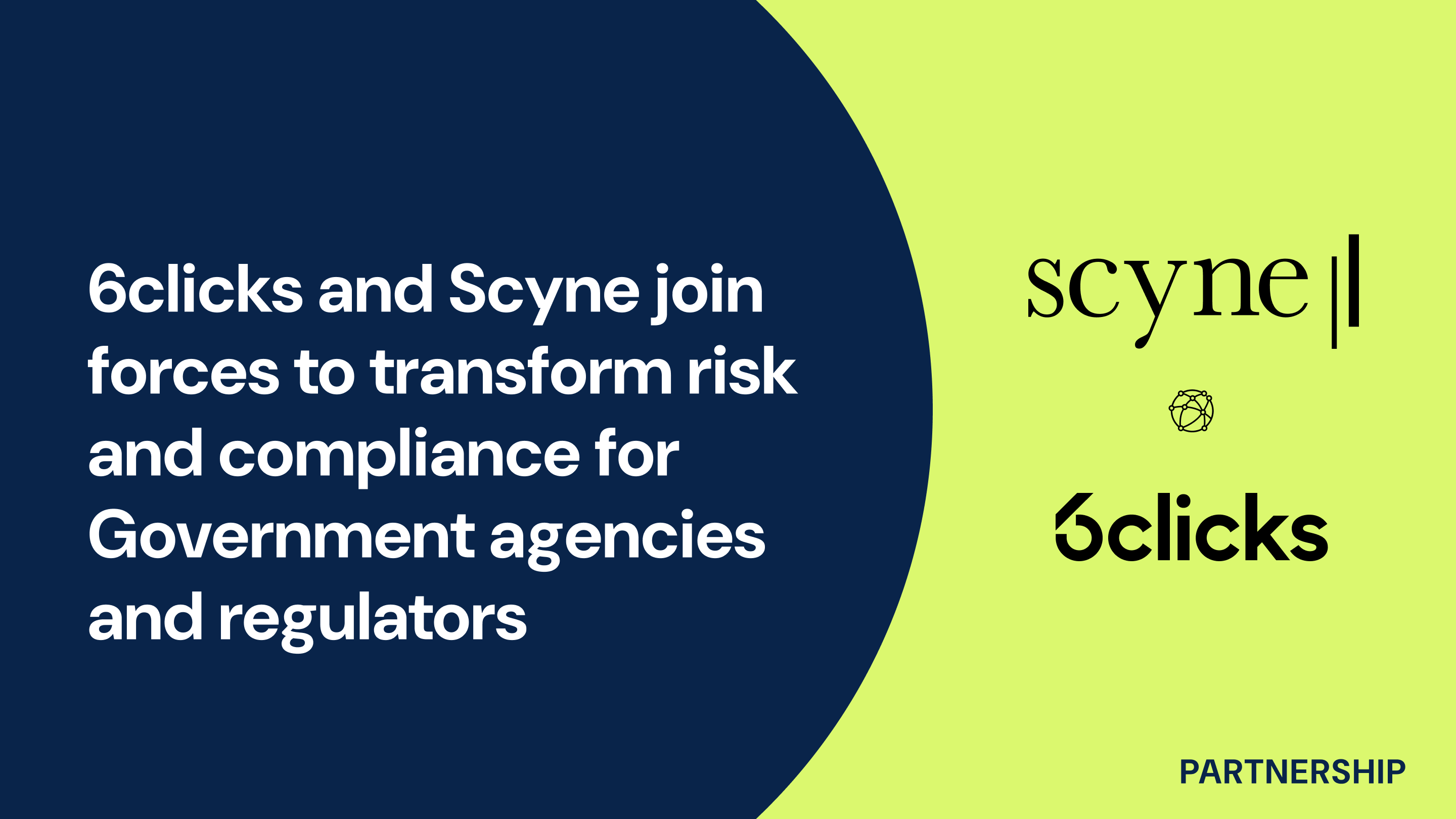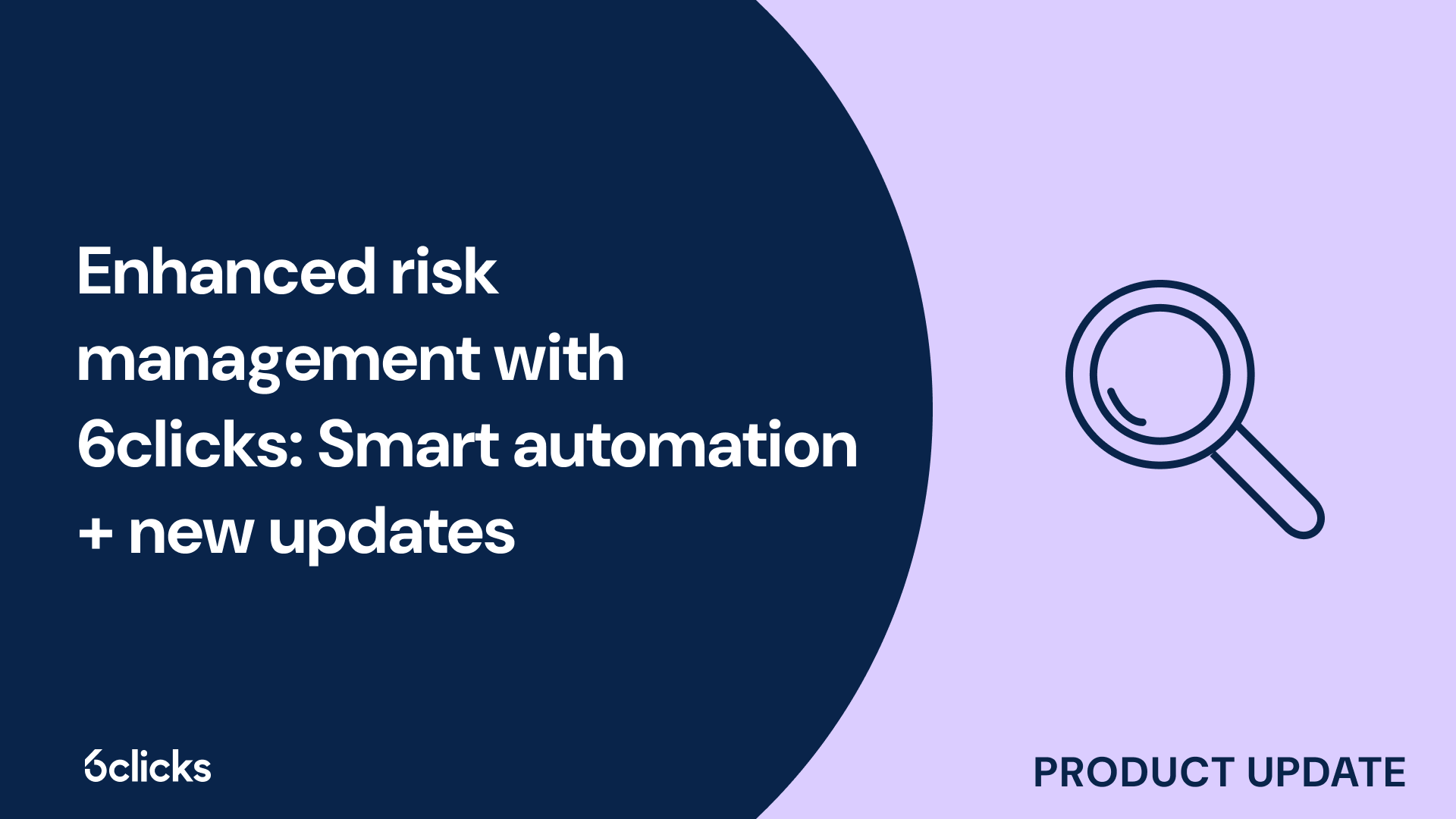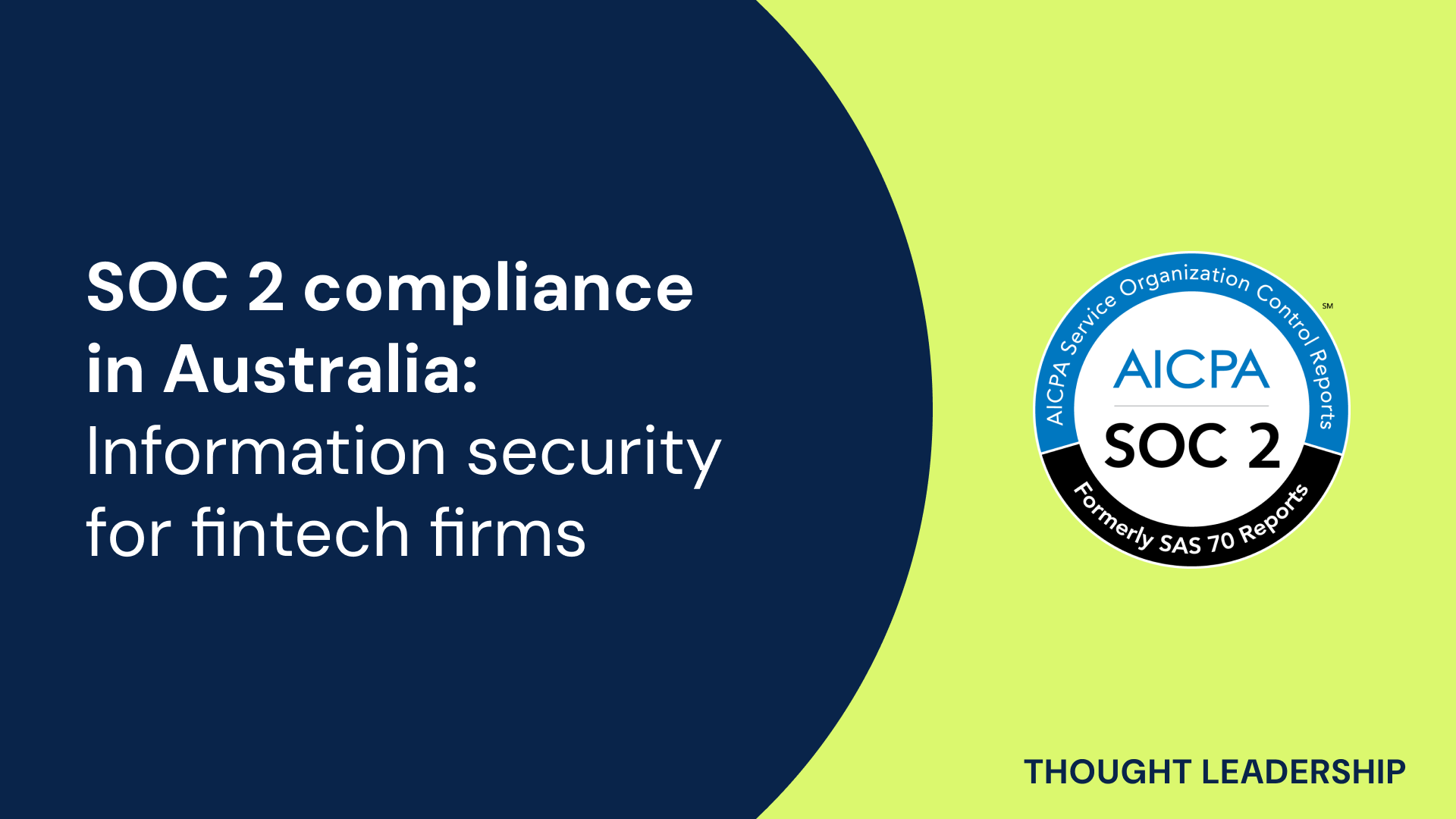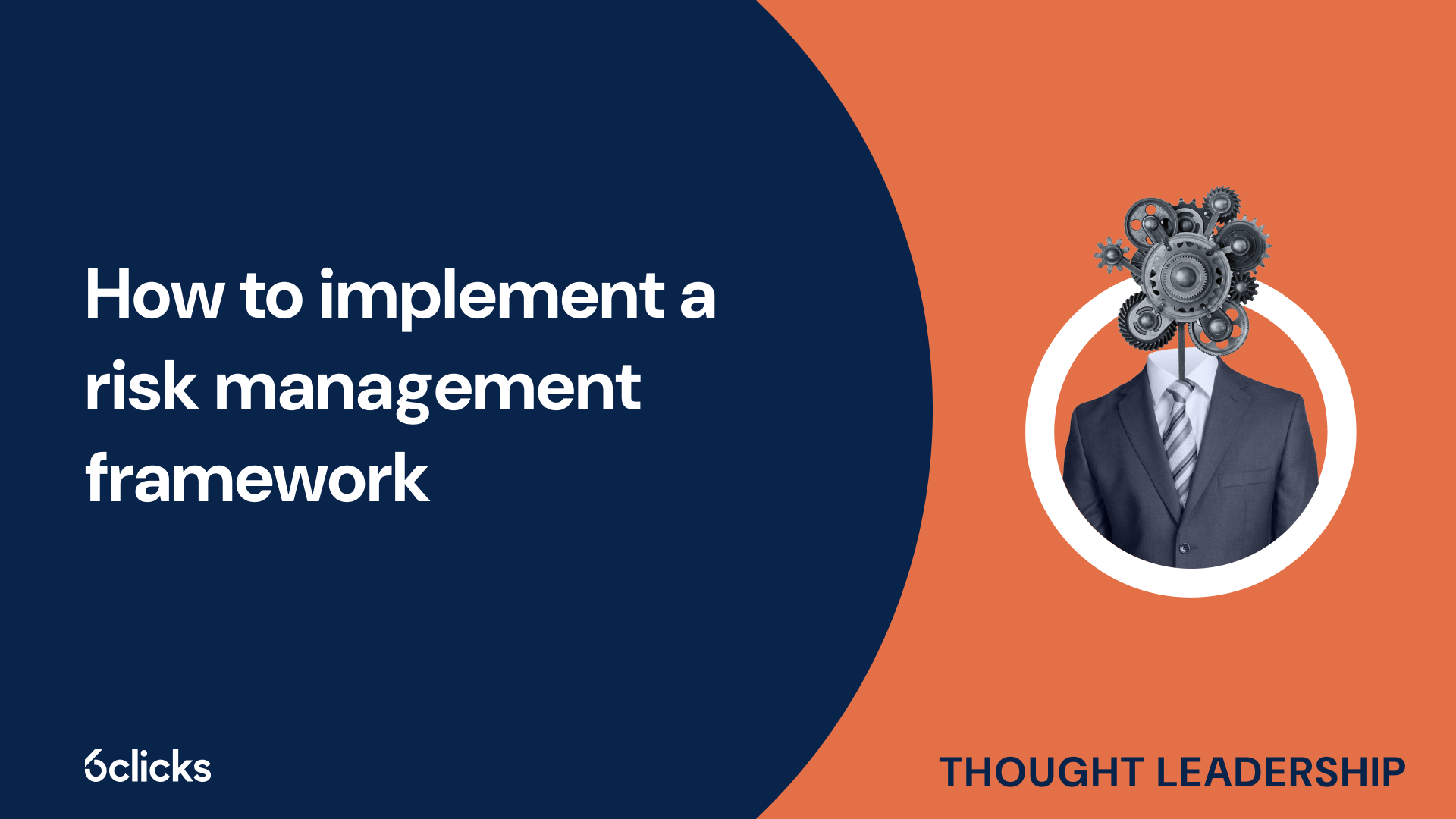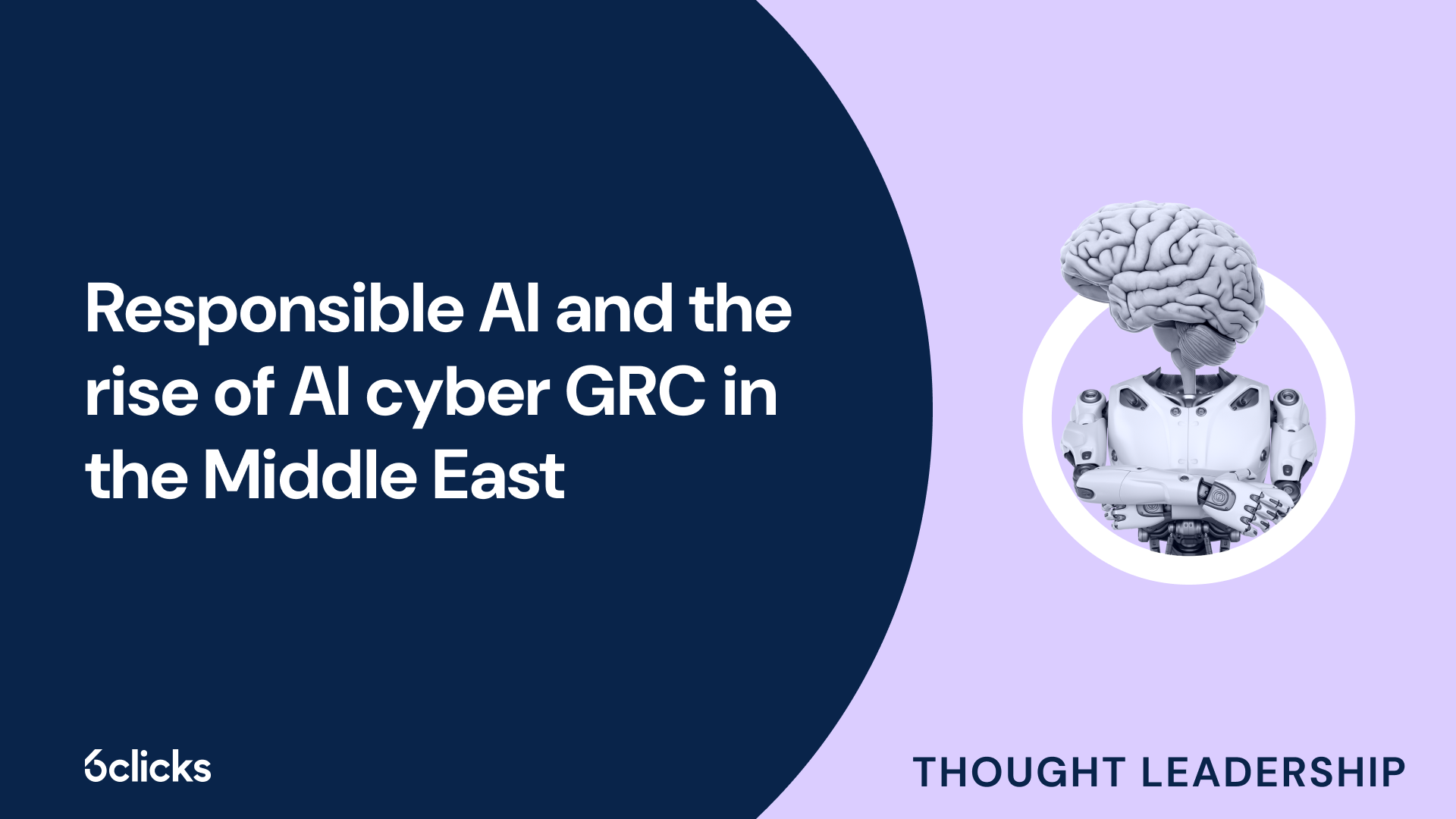The GRC buyer’s guide for 2025: Building resilience with AI-powered, federated solutions
Discover the ultimate GRC buyer's guide for 2025! Uncover how AI-powered, federated solutions transform compliance and security management for industries like government, aerospace, banking, and more. Learn about centralized control, continuous compliance, and advanced cyber GRC capabilities. Download now!
-1.png?width=200&height=249&name=Group%20193%20(1)-1.png)
The GRC buyer’s guide for 2025: Building resilience with AI-powered, federated solutions
What is NIST?
The National Institute of Standards and Technology (NIST) is a federal agency that develops and promotes standards and guidelines to improve the cybersecurity posture of organizations. NIST plays a critical role in helping businesses and government agencies defend against cybersecurity risks and effectively respond to incidents. The agency provides guidance on various aspects of cybersecurity, including risk management, access control, incident response, and recovery planning. NIST's cybersecurity framework serves as a comprehensive roadmap for organizations to develop and implement a robust cybersecurity program. This framework is based on five pillars that form the foundation for a holistic cybersecurity strategy: Identify, Protect, Detect, Respond, and Recover. By following these pillars, organizations can enhance their cybersecurity activities and ensure the resilience of their critical functions in the face of cyber threats.
The 5 pillars of NIST
The NIST framework, which stands for the National Institute of Standards and Technology, consists of five essential pillars that guide organizations in developing their cybersecurity strategies. These pillars are: Identify, Protect, Detect, Respond, and Recover.
The first pillar, Identify, focuses on understanding and managing cybersecurity risks to systems, assets, data, and capabilities. It involves identifying critical functions, the organization's cybersecurity posture, and the potential impact of cybersecurity events. This pillar aims to establish a foundation for effective risk management.
The second pillar, Protect, aims to implement safeguards to ensure the delivery of critical services and protect the organization's assets, data, and systems from cybersecurity threats. It includes activities such as access control, protective technology deployment, and cybersecurity policy development.
The third pillar, Detect, involves developing and implementing mechanisms to timely discover the occurrence of cybersecurity events. This pillar includes continuous monitoring, anomaly detection, and other processes to identify and assess potential cybersecurity incidents.
The fourth pillar, Respond, focuses on implementing appropriate response strategies and activities in the event of a cybersecurity incident. This pillar aims to mitigate the impact of the incident and restore normal operations. It involves response planning, incident containment, and coordination with external parties.
The fifth pillar, Recover, involves planning and implementing activities to restore systems and services after a cybersecurity incident and to ensure timely recovery. This pillar includes recovery procedures, recovery planning, and plans for resilience to prevent future incidents.
By following the five pillars of the NIST framework, organizations can establish a comprehensive cybersecurity program, manage cybersecurity risks effectively, and enhance their overall cyber resilience.
Pillar 1: identify
The first pillar of the NIST Cybersecurity Framework, 'Identify,' is the crucial foundation for effective risk management. It emphasizes the importance of understanding and managing cybersecurity risks to systems, assets, data, and capabilities. By identifying critical functions, assessing the organization's cybersecurity posture, and determining the potential impact of cybersecurity events, organizations can establish a comprehensive cybersecurity strategy and prioritize their protective measures. This pillar solidifies the understanding of the business environment and the risks posed to systems and assets, enabling organizations to proactively address vulnerabilities and develop a holistic cybersecurity program. Through the pillar of Identify, organizations can lay the groundwork for a robust cybersecurity framework that aligns with regulatory requirements and enhances the resilience of their operations.
Asset management
Asset management plays a critical role in cybersecurity, especially when it comes to implementing the NIST framework. The NIST framework provides organizations with a structured approach to identifying, assessing, and managing cybersecurity risks. Asset management is one of the five pillars of the NIST framework, emphasizing the importance of properly identifying and protecting assets.
Effective asset management helps organizations identify and manage risks by ensuring that all assets, including hardware, software, and data, are properly identified, classified, and protected. By maintaining an accurate inventory and understanding the value and criticality of each asset, organizations can prioritize their security efforts and allocate resources accordingly.
Furthermore, asset management is essential in creating a comprehensive cybersecurity strategy. It enables organizations to implement appropriate protective measures, such as access controls and encryption, based on the specific requirements of each asset. Regularly updating and maintaining the inventory of assets ensures that security teams have a complete and up-to-date picture of the organization's attack surface, allowing them to identify vulnerabilities and respond effectively to potential cybersecurity events.
Business environment
The business environment plays a crucial role in the context of the NIST Cybersecurity Framework (CSF). NIST CSF provides a flexible and adaptable framework that helps organizations effectively manage and mitigate cybersecurity risks in their specific business environments.
The business environment encompasses various factors, such as the industry sector, regulatory requirements, organizational goals, and risk tolerance. The NIST CSF recognizes the unique aspects of each business environment and enables organizations to tailor their cybersecurity strategy accordingly.
By implementing the NIST CSF, organizations can demonstrate their commitment to cybersecurity and build trust with external stakeholders and interested parties. External stakeholders, such as customers, partners, and investors, increasingly expect organizations to have a robust cybersecurity posture. The NIST CSF provides a common language and framework to communicate the organization's cybersecurity practices, enhancing transparency and fostering trust.
The flexibility and adaptability of the NIST CSF offer several benefits for organizations operating in dynamic business environments. The framework allows organizations to prioritize their cybersecurity efforts based on the specific risks and threats they face. It enables organizations to continuously assess and update their cybersecurity program to keep pace with evolving cyber threats and regulatory requirements.
Moreover, the NIST CSF encourages organizations to regularly review and refine their cybersecurity practices by fostering a culture of ongoing improvement. This adaptive approach helps organizations stay resilient and effectively respond to changing business conditions and cybersecurity challenges. By leveraging the flexibility and adaptability of the NIST CSF, organizations can build a comprehensive and proactive cybersecurity program that aligns with their unique business environment.
Risk assessments
Risk assessments are a key component of the NIST Risk Management Framework (RMF), which helps organizations identify, assess, and mitigate cybersecurity risks. The process of conducting risk assessments within the RMF involves several steps.
Firstly, organizations need to identify and assess vulnerabilities in their systems and assets. This can be done through various means such as vulnerability scanning and penetration testing. By identifying vulnerabilities, organizations gain insights into potential weaknesses that cyber attackers might exploit.
Next, organizations need to determine the likelihood and potential severity of security events that could exploit these vulnerabilities. This step involves evaluating the probability of an event occurring and the potential impact it could have on the organization's critical functions and assets. This assessment helps organizations prioritize their efforts and allocate resources effectively.
Once the likelihood and potential severity of security events are determined, organizations can then analyze and manage risks. This involves identifying and implementing protective measures to mitigate the identified risks. Protective measures can include access controls, encryption, and security awareness training, among others.
Lastly, organizations need to develop response strategies in the event of a security incident. This includes developing incident response plans, recovery procedures, and communication strategies to minimize the impact of an incident and facilitate timely recovery.
Pillar 2: protect
The second pillar of the NIST Cybersecurity Framework is 'Protect,' which focuses on implementing and managing protective measures to safeguard against cybersecurity risks. This pillar involves identifying and implementing safeguards to ensure the security of critical functions and assets. Organizations need to establish and maintain a comprehensive cybersecurity program that includes access controls, encryption, and security awareness training. The goal is to implement protective measures that align with the organization's risk tolerance and the threat landscape. By implementing these measures, organizations can enhance their cybersecurity posture and minimize the potential impact of cybersecurity incidents. The 'Protect' pillar also emphasizes the importance of continuous monitoring and regular updates to ensure the effectiveness of the protective measures in place. Organizations must also have plans for resilience and timely discovery of cybersecurity events to enable a proper response and recovery. By focusing on the 'Protect' pillar, organizations can establish a strong line of defense against cyber threats and mitigate the potential risks they face in today's digital landscape.
Access control systems
Access control systems play a crucial role in the NIST cybersecurity framework and are vital for safeguarding an organization's data and systems. These systems regulate access to information and resources, ensuring that only authorized individuals can gain entry. By establishing various controls and authentication processes, access control systems significantly enhance data protection and system security.
In the context of the NIST cybersecurity framework, access control systems align with the Identify, Protect, Detect, Respond, and Recover pillars. They contribute to the overall goal of managing and mitigating cybersecurity risks and help organizations build a comprehensive cybersecurity strategy. Access control systems prevent unauthorized access to sensitive data and critical functions, reducing the attack surface and mitigating potential cybersecurity incidents.
The key components of access control systems comprise user authentication, authorization, and accountability. User authentication verifies the identity of individuals accessing the system, ensuring they are who they claim to be. Authorization defines what specific actions or resources a user is allowed to access, based on their assigned privileges. Accountability ensures that all access activities are logged and individuals are held responsible for their actions.
The principles guiding access control systems include the least privilege, whereby individuals are granted only the minimum access necessary to perform their duties. Separation of duties ensures that no single individual has complete control over a critical function, minimizing the risk of misuse or insider threats. Additionally, access control systems implement various protective measures, such as strong passwords, multi-factor authentication, and regular access reviews.
Protective technology
Protective technology plays a crucial role within the NIST cybersecurity framework in ensuring optimal security and resilience of systems and assets. It encompasses a combination of manual and automated tools that are implemented to safeguard an organization's sensitive data and prevent cybersecurity threats.
Manual tools in protective technology involve human intervention and decision-making processes. This includes conducting regular risk assessments, developing cybersecurity policies, and establishing robust access control measures. These manual activities help in identifying vulnerabilities, defining security controls, and ensuring compliance with regulatory requirements.
On the other hand, automated tools in protective technology leverage technology and software solutions to enhance security and resilience. This includes firewalls, intrusion detection systems, antivirus software, and encryption tools. These tools work in real-time to monitor network activities, detect suspicious behavior, and mitigate potential threats promptly and efficiently.
Examples of protective technology that can be employed within an organization's cybersecurity strategy include data loss prevention (DLP) systems, which monitor and prevent the unauthorized transfer of sensitive data. Additionally, endpoint protection tools can be used to secure devices and endpoints against malware and other cyber threats. Network segmentation tools can isolate critical systems and reduce the risk of lateral movement in case of a cybersecurity incident.
Detection processes
Detection processes are a critical component of the NIST cybersecurity framework. They play a crucial role in identifying cybersecurity events and potential risks, allowing organizations to respond and mitigate them effectively. The framework emphasizes the importance of continuous monitoring and timely detection to ensure a comprehensive cybersecurity posture.
Proper maintenance of detection systems is essential to ensure their effectiveness. This includes regular updates, patching, and configuration management of the detection tools. It is also necessary to integrate threat intelligence feeds and keep them up to date to enhance detection capabilities. By regularly reviewing and fine-tuning detection rules, organizations can optimize the accuracy and efficiency of their detection processes.
Continuous monitoring is a key aspect of detection processes in the NIST framework. It involves real-time monitoring of network activities, system logs, and user behavior to identify and respond to anomalous events promptly. Continuous monitoring enables organizations to detect potential cyber threats and incidents as they happen, ensuring a proactive and timely response.
The NIST framework defines 'detection in a timely manner' as the ability to rapidly identify and assess cybersecurity events. To support quick detection, several categories have been identified. These include automated monitoring, threat hunting, and anomaly detection. Automated monitoring uses tools and technologies to monitor network traffic, system logs, and security events continuously. Threat hunting involves proactively searching for indicators of compromise and potential threats within an organization's network. Anomaly detection focuses on identifying and flagging unusual or suspicious behavior that may indicate a cybersecurity incident.
By implementing effective detection processes, organizations can significantly improve their ability to identify and respond to cybersecurity events promptly. This proactive approach enhances their cybersecurity posture and reduces potential risks to critical functions and data.
Pillar 3: detect
Detect is one of the five pillars of the NIST Cybersecurity Framework, which aims to guide organizations in managing and mitigating cybersecurity risks. The detect pillar focuses on developing and implementing strategies to identify cybersecurity events and threats in a timely manner. It emphasizes the importance of continuous monitoring and proactive detection to ensure that organizations can rapidly detect and respond to potential incidents. This pillar recognizes that early detection is crucial in minimizing the impact of cybersecurity events and enabling organizations to take immediate action to protect their critical functions and data. By implementing effective detection processes and technologies, organizations can enhance their cybersecurity posture and mitigate the potential risks posed by cyber threats.
Monitoring activities
Monitoring activities play a critical role in the detection pillar of the National Institute of Standards and Technology (NIST) Cybersecurity Framework. By continuously monitoring and conducting security checks, organizations can identify cybersecurity events and ensure the effectiveness of their protective measures.
Continuous monitoring is essential because cyber threats are constantly evolving. Without ongoing monitoring, organizations may be unaware of potential risks or vulnerabilities that could compromise their cybersecurity posture. By regularly checking for anomalies and events, security teams can promptly detect unauthorized access attempts, anomalous network traffic, or unusual user behavior.
Timely detection is crucial for effective incident response. With continuous monitoring, organizations can quickly identify security incidents and take appropriate actions to mitigate potential damages. This allows for a more timely response to cybersecurity events, reducing the impact on critical functions and minimizing disruption to normal operations.
To support timely detection, organizations must have robust security continuous monitoring programs and effective detection processes in place. By monitoring key categories such as network traffic, system logs, user activities, and vulnerability scans, organizations can proactively identify any signs of cyber threats or malicious activities.
Pillar 4: respond
The fourth pillar of the NIST cybersecurity framework is 'Respond.' In this phase, organizations establish and execute a comprehensive plan for responding to a cybersecurity incident. This pillar focuses on the timely discovery, reporting, and response to any potential cybersecurity event to minimize the impact on critical functions and facilitate timely recovery.
Effective response planning requires organizations to have well-defined response activities and strategies in place, along with proper coordination among various departments and stakeholders. This includes establishing clear roles and responsibilities, defining a communication plan, and outlining the necessary resources and tools for incident response.
Once a cybersecurity incident is detected, organizations must promptly initiate response procedures to contain the incident and mitigate its consequences. This may involve isolating affected systems, preserving evidence, and collaborating with external parties such as law enforcement or incident response teams.
Timely response is crucial to minimize the duration and severity of a cyberattack. By having predefined response procedures and conducting regular drills and simulations, organizations can ensure that they are well-prepared to respond effectively and efficiently in the event of a cybersecurity incident. Additionally, organizations should continuously evaluate and improve their response procedures based on lessons learned from previous incidents.
Response planning
Response planning is a critical component of the NIST cybersecurity framework as it helps organizations prepare for and effectively respond to cybersecurity incidents. In this phase, organizations assess the potential risk to their systems and develop remediation strategies to address those risks.
The first step in response planning is conducting a risk assessment to identify vulnerabilities and potential threats. By understanding the organization's attack surface and the likelihood and impact of different cyber threats, organizations can prioritize their response activities and allocate resources accordingly.
Based on the findings of the risk assessment, organizations can formulate remediation strategies to mitigate the identified risks. These strategies may include implementing protective measures such as access controls, encryption, and monitoring systems. Additionally, organizations should consider regulatory requirements and industry best practices when developing these strategies.
Once the remediation strategies are in place, organizations need to develop containment and recovery procedures. These procedures outline the specific steps to be taken when a cybersecurity incident occurs, including isolating affected systems, preserving evidence, and notifying relevant parties. They also define the roles and responsibilities of key individuals and ensure proper coordination among different departments and stakeholders.
Regular testing and updating of the response plan is essential to ensure its effectiveness. Organizations should conduct drills and simulations to practice their response procedures and identify areas for improvement. By continuously evaluating and improving their response planning, organizations can enhance their ability to detect, respond to, and recover from cybersecurity incidents effectively.
Recovery planning
Recovery planning is a crucial component of an organization's cybersecurity program. It focuses on restoring operational systems and ensuring business continuity after a cybersecurity event. In today's digital landscape, where cyber threats are rampant, having a comprehensive recovery plan is essential to minimize the impact of an incident and quickly bring the organization back to normal operations.
The first step in recovery planning is to assess the damage caused by the cybersecurity event. This involves determining the extent of the breach, analyzing the compromised systems, and identifying the critical functions that need to be restored as a priority. By understanding the impact of the event, organizations can allocate resources effectively and prioritize the recovery process.
Once the assessment is complete, organizations need to bring their systems back online. This involves restoring data from backups, which should be regularly performed and stored securely. By having reliable and up-to-date backups, organizations can minimize data loss and ensure that the most recent information is available for recovery.
Furthermore, organizations must inform all relevant stakeholders about the cybersecurity event and the progress of the recovery efforts. This includes internal teams, customers, partners, and regulatory authorities. Effective communication during the recovery process is crucial to maintain trust and transparency.



